Game, set-top and match.
Apple TV 4K (2021) vs Apple TV 4K (2017)
After a long four-year stint of collecting dust and feeling unloved, the Apple TV finally took the stage at this year’s Spring Loaded event. While it wasn’t the radical upgrade we had hoped for (as those HomePod hybrid rumours suggested), the new Apple TV 4K still brings with it some long-awaited quality of life features while playing catch-up with the latest in HDMI and WiFi technologies and introducing an all-new Siri remote.
Here’s how the 2021 Apple TV 4K stacks up against the 2017 Apple TV.
What’s new in the Apple TV 4K (2021)?
The upgrades to the new Apple TV 4K might seem slight but overall, they’re about bringing the device up to speed with better processing power, High Frame Rate support, and WiFi/HDMI technologies.
New Siri remote
The other big difference between the models is the included Siri remote. In what’s clearly a response to years of complaints from Apple fans, the Siri remote has been completely redesigned. The old model had a lot of issues: its ambiguous design meant it wasn’t immediately obvious which direction it was facing, it was too small and easily lost and there weren’t a lot of fans of its swipe pad. The new Siri remote is thicker, longer and features a five-way click wheel for navigation, dedicated mute and power buttons and has moved the Siri button to the side of the remote.
The new Siri remote isn’t exclusive to the new Apple TV 4K (2021)— it’s compatible with older models and is sold separately for $79— but it does come included with the newer Apple TV.
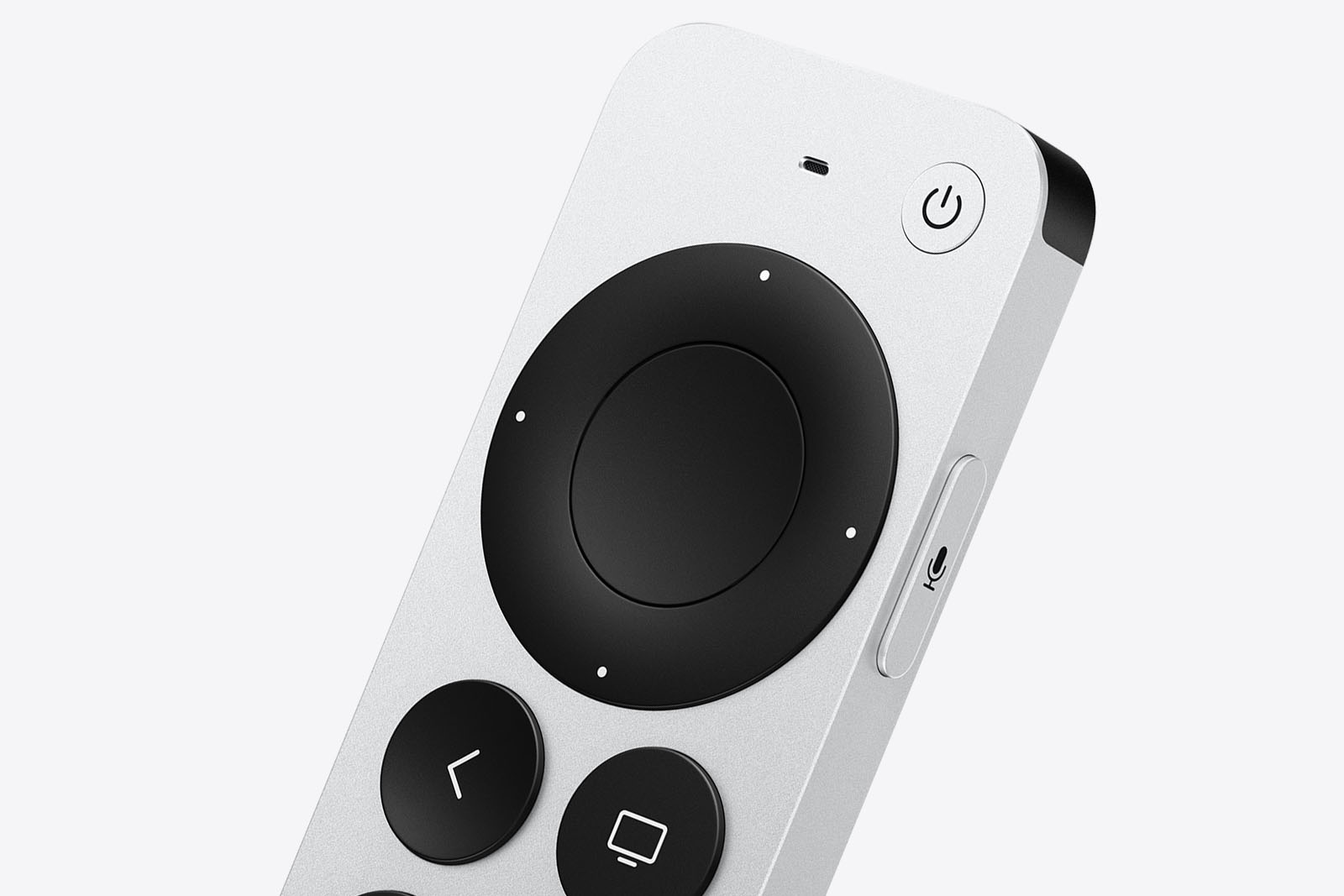
A12 Bionic chip
Apple’s powerful A12 Bionic chip can be found in the iPhone X range, the 2019-2020 iPad range and now, the new Apple TV 4K (2021). The previous model’s A10X Fusion chip was no slouch but the A12 Bionic chip should allow for smoother gaming experiences as the Apple Arcade library continues to grow and better future-proofing against technologies and features that are yet to come.
HDMI 2.1 and High Frame Rate
One of the biggest buzzwords in the new generation of gaming consoles was High Frame Rate. Thanks to their HDMI 2.1 support, the PlayStation 5 and Xbox Series X allows 4K and 8K HDR video output with frame rates up to 120fps.
While the Apple TV 4K (2021) can’t quite reach those dizzying heights, it can output in 4K HDR at 60fps, which is still impressive and great news for iPhone 12 Pro users shooting 4K HDR/60fps footage. The last-gen Apple TV could still hit 60fps just not with HDR10 enabled.
The only catch is, you need a TV that can take advantage of those specs, a TV with HDMI 2.1 compatibility. The Apple TV 4K (2021) also doesn’t come packaged with an HDMI 2.1 cable so you’ll need to seek one out if you want to make the most of the new device.
WiFi 6
The final big difference is the WiFi technology packed inside the new Apple TV 4K (2021). The upgrade to WiFi 6 boosts the maximum theoretical speed of the Apple TV’s WiFi connection from 433-6933Mbps (WiFi 5) to 600-9608Mbps (WiFi 6) giving it the guts to handle gigabit internet speeds (which are closer than ever in Australia). WiFi 6 also has a higher network capacity, so it can connect more devices before it begins to impact speeds. It’s especially handy for big households and businesses.
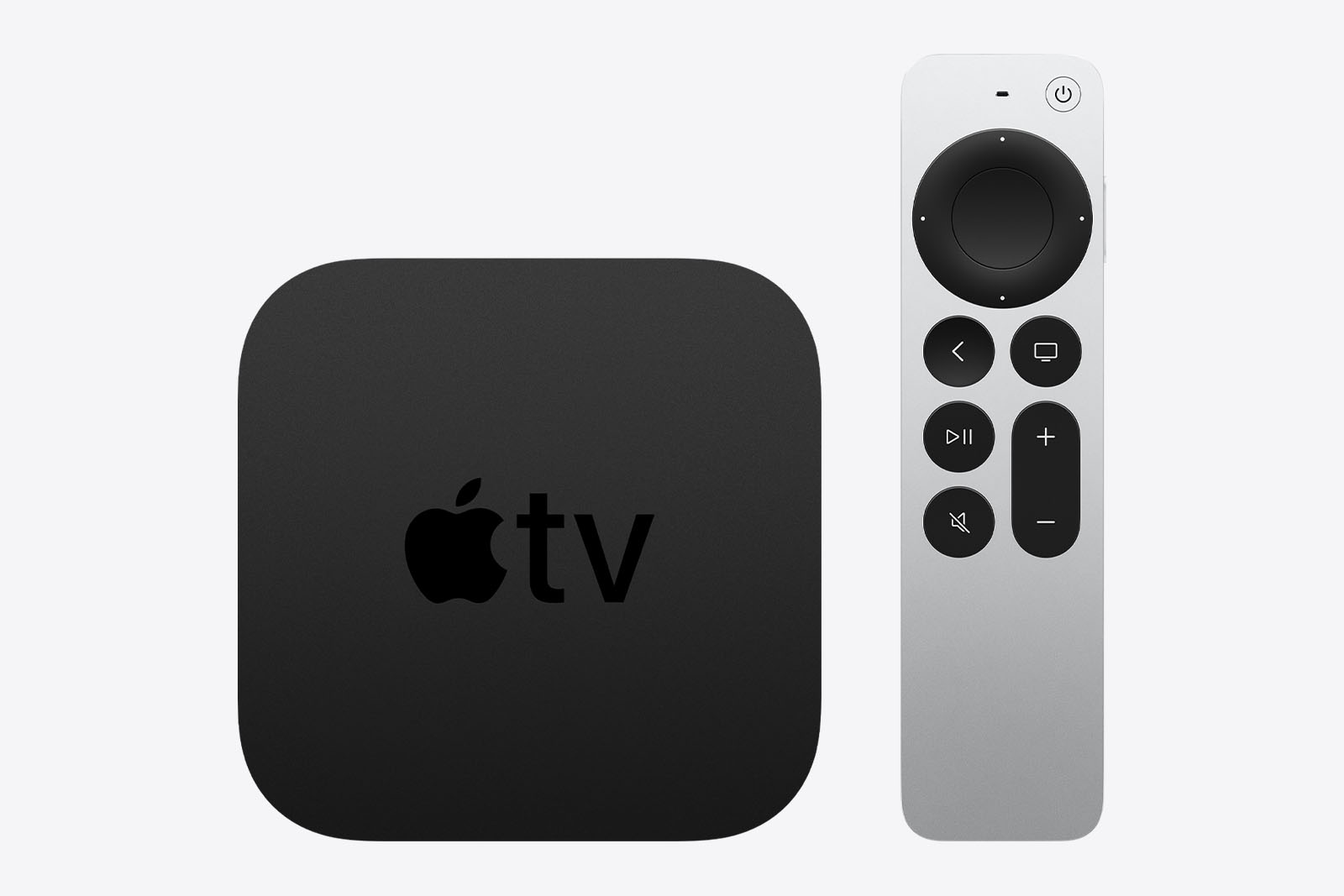
What’s new to both models via the tvOS 14.5 update?
Most of the upgrades (as few as there are) are exclusive to the new Apple TV 4K (2021) but there are a few things the latest tvOS 14.5 update introduces to every existing Apple TV device.
Colour Balance
The latest Apple TV update allows you to use the front-facing camera on your iPhone (with iOS 14.5 or later and Face ID enabled) to tailor the Apple TV’s colour balance output to best suit your television. The feature is available in the Calibration section under Settings. Initiating Colour Balance will prompt you to raise your iPhone to a section on the connected display, where a series of colour calibration tests will be performed. That visual data is captured by your iPhone’s camera and sent back to the Apple TV, which uses that information to tweak its output settings and, hopefully, produce an image that’s more suited to your particular television.
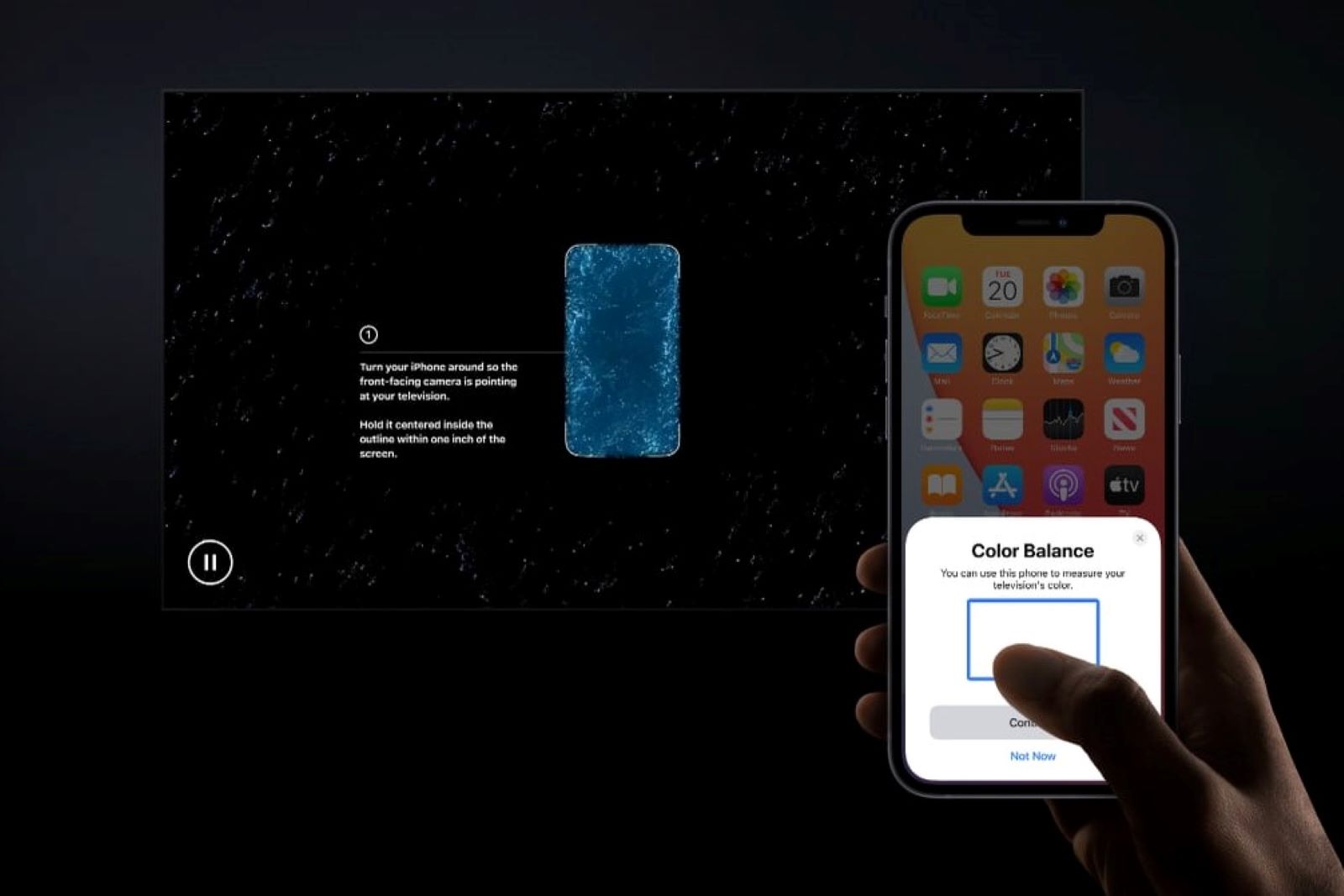
PlayStation 5 and Xbox Series X controller support
The other huge update (for anyone lucky enough to lock down a new console) is added support for PlayStation 5 DualSense and Xbox Series X Wireless controllers. Apple TV has long supported PlayStation 4 and Xbox One controllers but this latest update allows next-gen console owners to use their new gamepads with supported games on Apple Arcade and the App Store.
Accessibility and audio
Elsewhere in the latest update, you’ll find that all supported Apple TV devices now enable Type to Siri. This accessibility feature has been available on other Apple devices for some time now and essentially allows access to everything Siri offers by typing your commands instead of speaking them out loud. There are also more frame rate options available (29.97Hz and 59.94Hz) and the ability to set “Other wireless speakers” as your default audio option when playing audio from the Apple TV.
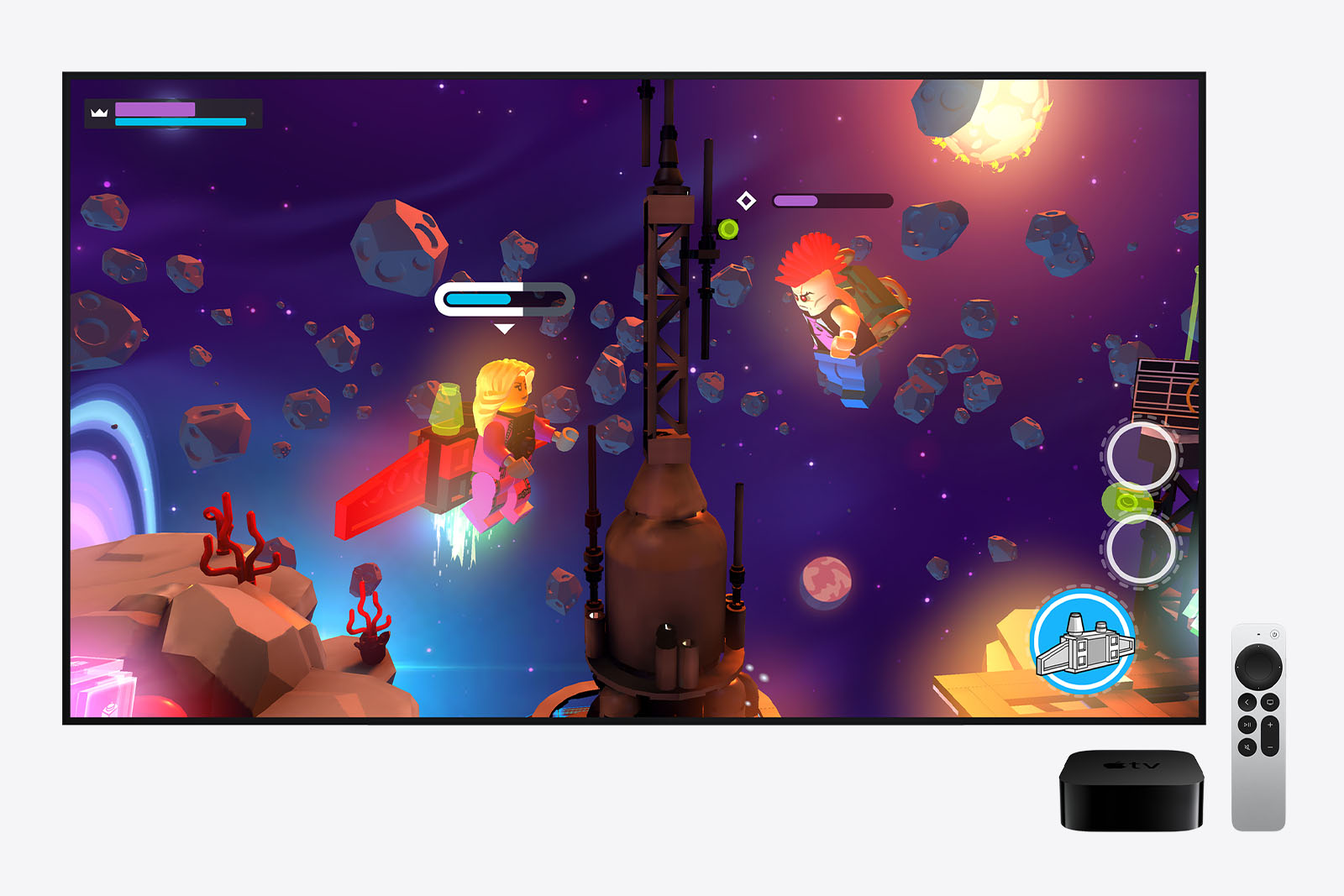
What hasn't changed?
As mentioned above, the upgrades to the new Apple TV 4K are minor but welcome so let’s quickly recap on everything that hasn’t changed between the two generations.
The name
We’re starting with the most obvious thing that hasn’t changed at all, the name: Apple TV 4K. That’s more significant than you might think, showing that Apple doesn’t consider this an upgrade as much as it does a product refresh. Still, as someone who has worked in retail, they could have at least named it the New Apple TV 4K or Apple TV 4K 2 so the average punter knows they’re buying the latest model. With that said, this is a complete product replacement. Apple has discontinued the 2017 so you won’t see them on store shelves for much longer.
The design
The Apple TV puck hasn’t drastically changed its look between the very first iteration and the latest. The new Apple 4K TV looks exactly the same as the last, even sharing the same dimensions (W: 98mm, D: 98mm, H: 435mm) and weight (425g).
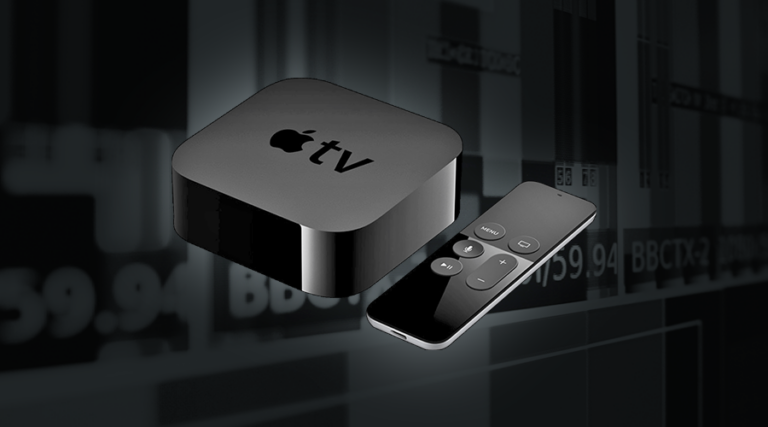
Price and storage
The new Apple TV 4K is available in 32GB and 64GB models, as was the 2017 model before it. There also haven’t been any changes to pricing for both models, with the 32GB coming in at $249 and the 64GB model at $279.
Same streaming, games and app support
This one might be kind of obvious but there’s nothing you can play or watch with the new Apple TV 4K that you couldn’t already with the 2017 version. It offers all the same streaming app, App Store and Apple Arcade support. With that said, the new A12 Bionic Chip could make some of those experiences a little smoother on the new Apple TV 4K.
4K resolution, HDR, Dolby Vision/Atmos and Bluetooth
The new Apple TV 4K also shares a lot in common with its previous model when it comes to technical specs and connectivity. Both devices support 4K HDR (High Dynamic Range), support for Dolby Vision and Dolby Atmos, and the same Bluetooth 5.0 technology.
Is the 2021 Apple TV 4K upgrade worth it?
Not really, no. The added power of the A12 Bionic Chip is just a nice-to-have. So are the High Frame Rate, HDR and WiFi 6 upgrades if you’ve got the gear to support them. But for the most part, this is the same Apple TV 4K you know and love (or tolerate).
Unlike the latest iPhone, Apple isn’t positioning the new Apple TV 4K as a necessary replacement; many of the new features come courtesy of the software update and the refreshed Siri remote is available to purchase separately. Apple's even discontinued the 2017 model and is selling this year’s version at the exact same price so while it might not be worth upgrading, it’s now your only option if you’re a prospective Apple TV 4K owner. That’s unless you’re willing to opt for the 32GB HD model, which is still available for $209 and comes with the new Siri remote.
Still, it’s not the upgrade we hoped for. It’s not the wild Apple TV HomePod hybrid that was rumoured and it’s not as affordable or versatile as Google’s outstanding $99 Chromecast with Google TV, leaving Apple’s position in the streaming device market more or less the same as it was a few weeks ago.
Related Articles




